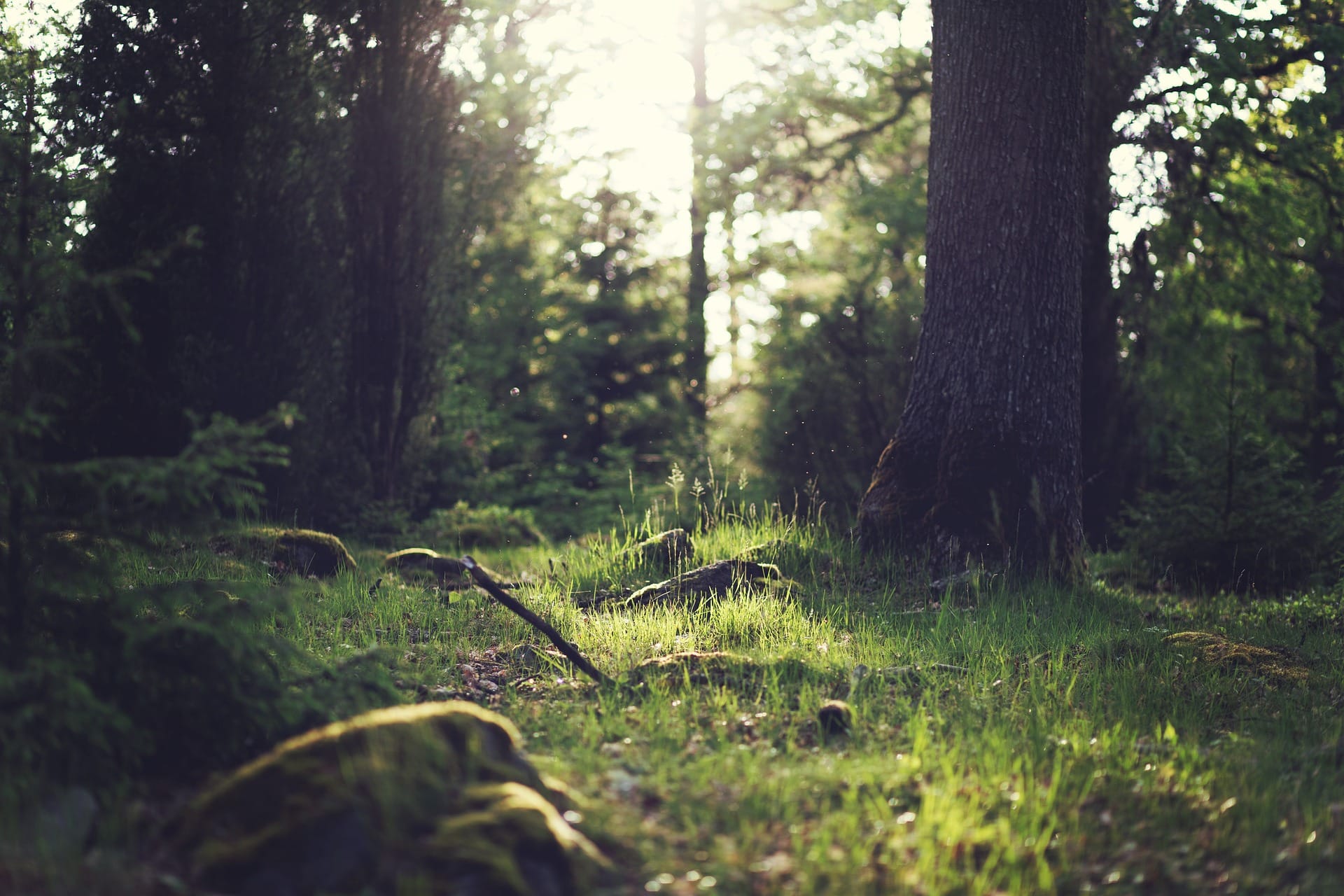
As professional arborists in Adelaide, our team understands the importance of identifying tree hazards for the safety of both people and property. In this article, we will discuss key aspects of recognising tree hazards and provide valuable insights into preventive measures. By being aware of potential risks and taking proactive steps, you can create a secure and thriving environment. Most tree hazards happen slowly over time so can be hard to spot, or suddenly after a flash storm for example so read on for some tips on how to identify a hazardous tree.
Tree hazards refer to any conditions or factors that pose a risk to the safety of individuals, property, or nearby vegetation. These hazards can arise due to various factors, including disease, decay, structural weaknesses, poor maintenance, or adverse weather events. Identifying these hazards is crucial for maintaining a secure environment and preventing potential accidents or damage which can be very costly.
Leaning or Unbalanced Trees: Trees that lean excessively or appear unbalanced might indicate underlying root issues, structural weaknesses, or soil instability.
Cracks and Splits: Visible cracks or splits in the trunk, branches, or major unions can be indicators of internal decay or weakness.
Dead or Hanging Branches: Dead branches or limbs that hang precariously pose a significant hazard, especially during strong winds or storms.
Fungal Growth: The presence of mushrooms or fungal conks on the trunk or branches may signify decay or internal rotting.
Root Problems: Poor root development, girdling roots, or root plate movement can compromise a tree’s stability.
To ensure safety, it is vital to assess and address tree hazards promptly. Adelaide Arborists follow a systematic approach, including:
Regular Inspections: Periodic tree inspections by certified arborists help identify potential hazards early on.
Diagnostic Tools: Advanced tools such as resistograph, tomography, and aerial assessments aid in evaluating internal decay or structural weaknesses.
Pruning and Trimming: Proper pruning techniques can help remove dead branches and reduce potential risks.
Cabling and Bracing: Installation of support systems can strengthen weak tree structures and minimise the chances of failure.
Preventing tree hazards is crucial to maintain a secure environment. Adelaide Arborists recommend the following preventive measures:
Regular Maintenance: Implement a routine maintenance plan that includes tree inspections, pruning, and overall health assessments.
Soil Management: Maintain proper soil conditions by ensuring adequate drainage, avoiding compaction, and promoting healthy root growth.
Tree Selection: Choose tree species appropriate for the local environment, considering factors such as size, growth rate, and structural strength.
Storm Preparation: Prepare trees for extreme weather conditions by pruning weak branches and minimising potential risks.
Recognising tree hazards is an essential aspect of maintaining safety in Adelaide’s urban landscape. By understanding the signs of tree hazards, conducting regular inspections, and implementing preventive measures, Adelaide Arborists can help ensure a secure environment for both residents and property owners. Trust our experienced team to provide expert advice and professional services for all your tree care needs.
Contact Adelaide Arborists today to schedule a tree inspection and safeguard your property from potential hazards. Our certified arborists are ready to assist you in creating a safe and healthy environment. Protect your trees and maintain peace of mind with our comprehensive tree care services.